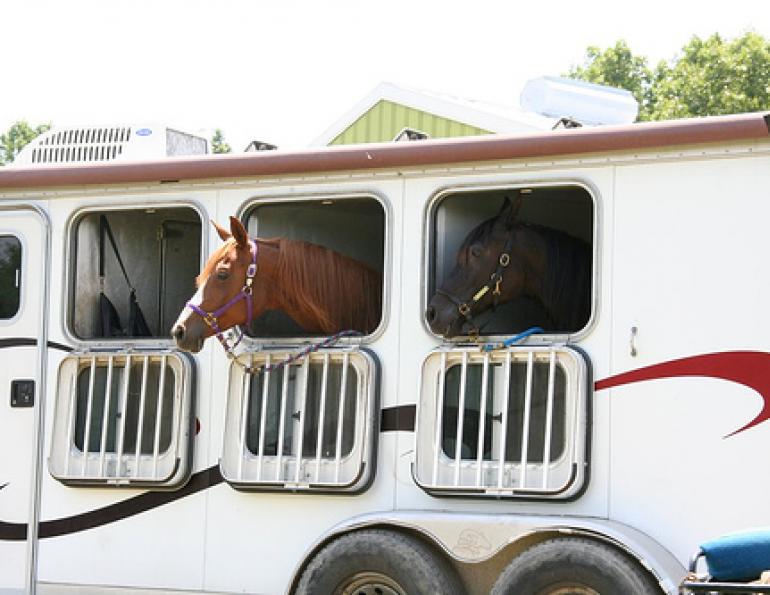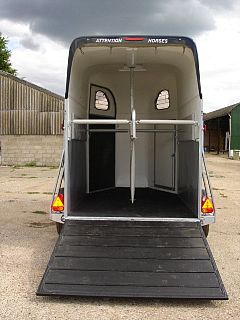Horse Transport & Trailers: A Comprehensive Guide

Transporting horses safely and comfortably is essential for any horse owner or professional involved in equine activities. This article covers everything you need to know about horse transport and trailers, including types, safety tips, legal considerations, and maintenance.
Table of Contents

- Introduction to Horse Transport
- Types of Horse Trailers
- Key Features to Consider
- Safety Tips for Transporting Horses
- Legal Requirements and Regulations
- Maintenance and Care of Horse Trailers
- Frequently Asked Questions (FAQ)
1. Introduction to Horse Transport
Horse transport involves moving horses from one location to another using specialized vehicles or trailers designed to ensure the animal’s safety and comfort. Whether for competitions, veterinary visits, or relocation, proper transport methods reduce stress and prevent injuries.
2. Types of Horse Trailers
| Trailer Type | Description | Ideal Use Case |
|---|---|---|
| Bumper Pull | Attaches to a vehicle’s hitch; smaller and easier to maneuver | Short trips, single horse transport |
| Gooseneck | Connects to a truck bed; offers more stability and space | Long-distance travel, multiple horses |
| Living Quarters | Includes living space for humans alongside horse area | Extended trips, shows, or events |
| Stock Trailers | Open design, versatile for various livestock including horses | Farm use, quick transport |
3. Key Features to Consider
- Size and Capacity: Ensure the trailer fits your horse(s) comfortably.
- Ventilation: Proper airflow to keep horses cool and reduce respiratory issues.
- Flooring: Non-slip surfaces to prevent injuries.
- Suspension: Smooth ride to minimize stress.
- Loading Ramps: Easy and safe loading/unloading.
4. Safety Tips for Transporting Horses
- Always check the trailer’s condition before use.
- Secure horses with appropriate restraints.
- Drive carefully, avoiding sudden stops or sharp turns.
- Allow horses to acclimate to the trailer before long trips.
- Carry emergency supplies and contact information.
5. Legal Requirements and Regulations
- Ensure the trailer meets local and national safety standards.
- Carry necessary permits or health certificates.
- Follow weight limits and road regulations.
6. Maintenance and Care of Horse Trailers
- Regularly inspect tires, brakes, and lights.
- Clean the trailer after each use to prevent rust and odors.
- Lubricate moving parts and check for structural damage.
7. Frequently Asked Questions (FAQ)
Q1: How often should I service my horse trailer?
A: At least once a year or before long trips.
Q2: Can I transport more than two horses in a standard trailer?
A: It depends on the trailer size and design; always follow manufacturer guidelines.
Q3: What are the signs of stress in horses during transport?
A: Excessive sweating, restlessness, and vocalizing.
Q4: Is it better to use a gooseneck or bumper pull trailer?
A: Gooseneck trailers offer more stability and space, ideal for longer trips.
Transporting horses requires careful planning and the right equipment. Choosing the appropriate trailer and following safety and maintenance guidelines ensures a smooth journey for both horse and owner.
